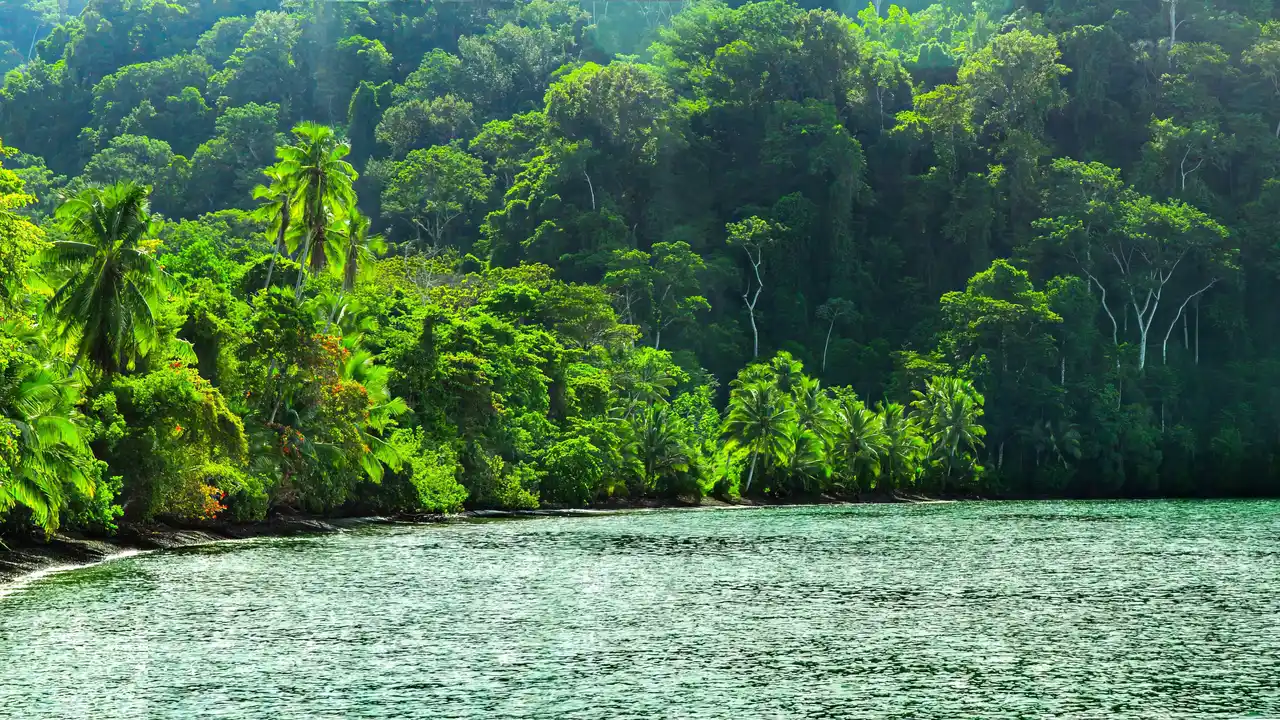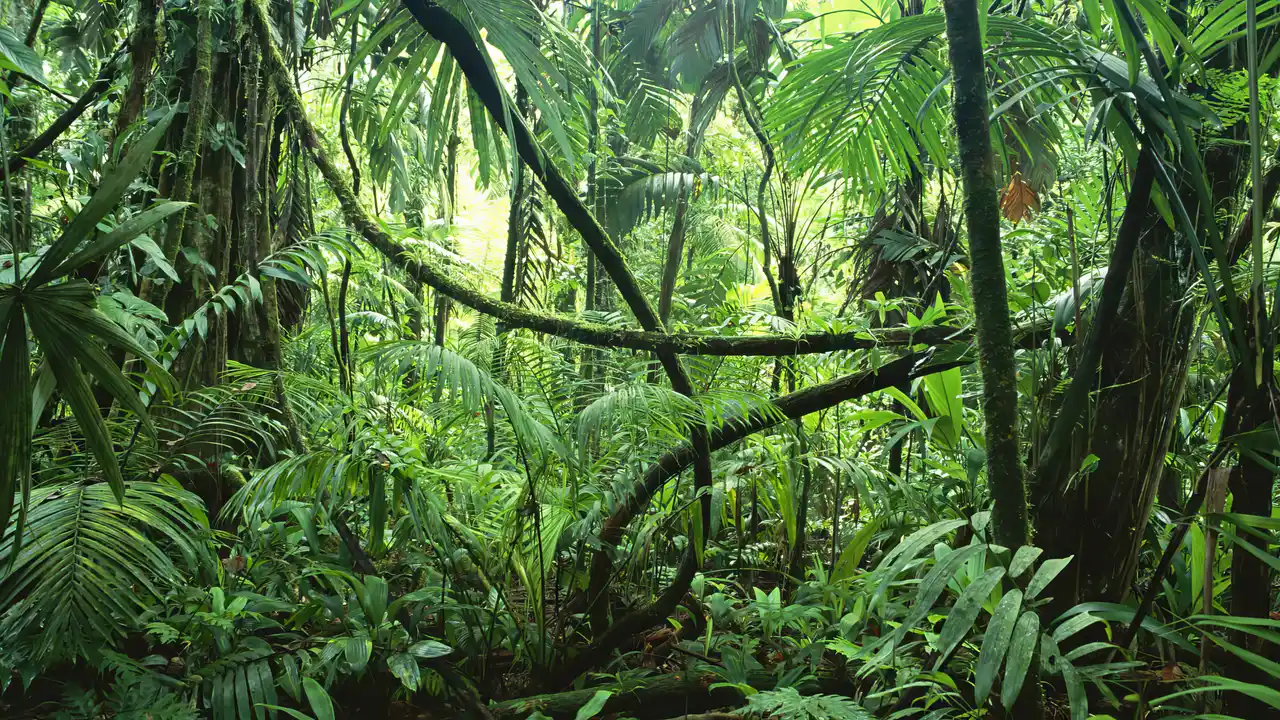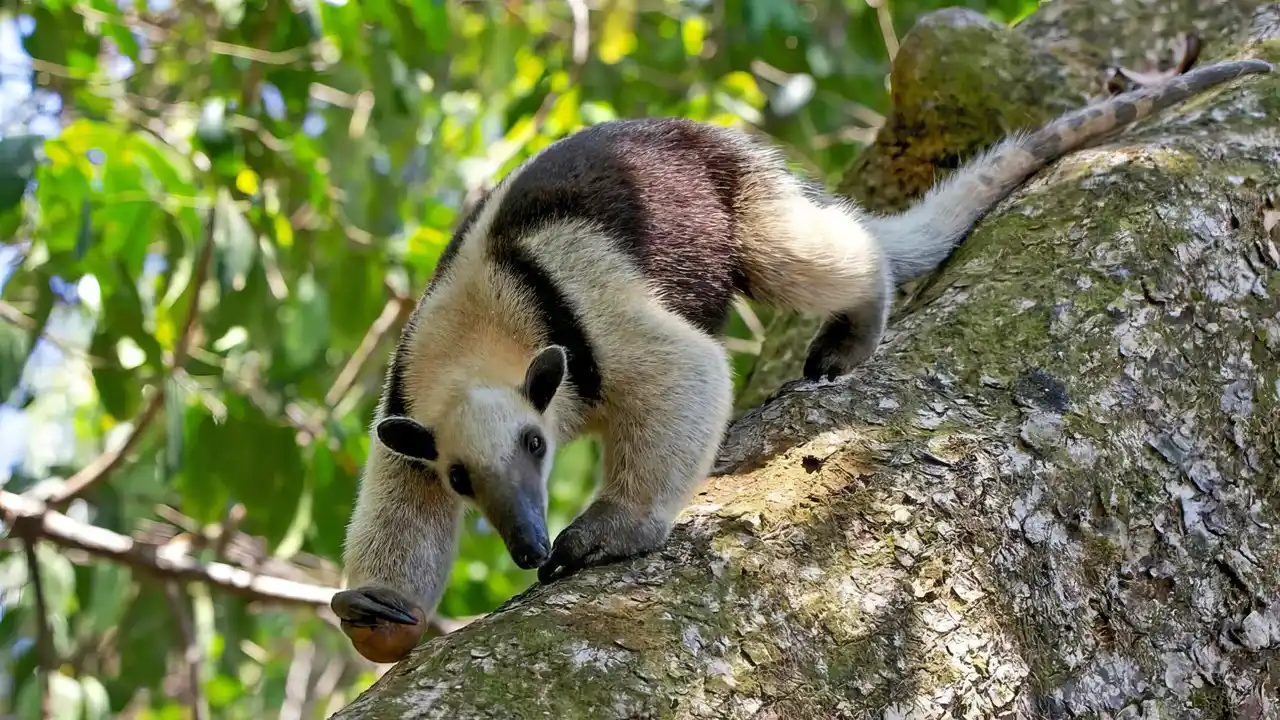CORCOVADO NATIONAL PARK
Corcovado National Park is a National Park on the Osa Peninsula in Osa Canton, southwestern Costa Rica (9° North, 83° West), which is part of the Osa Conservation Area. It was established on 24 October 1975, and encompasses an area of 424 square kilometres (164 sq mi). It is the largest park in Costa Rica and protects about a third of the Osa Peninsula. It is widely considered the crown jewel in the extensive system of national parks and biological reserves spread across the country. The ecological variety is quite stunning. National Geographic has called it "the most biologically intense place on Earth in terms of biodiversity". Not only is the park very popular with tropical ecologists, a visitor can expect to see an abundance of wildlife.
The park conserves the largest primary forest on the American Pacific coastline and one of the few remaining sizable areas of lowland tropical forests in the world. Historically, logging has taken place in lowland areas because those areas are more easily accessible and contain the largest and most economically valuable trees. But those habitats, which feature diverse vegetation, are also usually the richest in biodiversity. So even though approximately half the tropical forests on Earth remain, what is left of the originally rich lowland forests is usually in too small an area to support the original natural biodiversity. Larger animals, especially, need a large habitat free of human activity. Unfortunately this means that even tourism, the economic incentive for Costa Rica and other developing nations to preserve and protect parks such as Corcovado, actually threatens the long-term biodiversity of the park.
Waters of the park are calm and rich in biodiversity. Cano Island Biological Reserve is one of featured reserves along the coasts. These coasts, such as at Drake Bay, are wintering and breeding grounds for the humpback whales that come each winter. Ballena National Marine Park is specially designed for this species. Other baleen whales also migrate through the area such as Bryde's whale. Dolphins such as spinner and rough-toothed, and smaller cetaceans such as false killer whales and killer whales are seasonal residents/migrants to these areas. Whale watchings for these species are also available. Manatees have been hunted historically in Costa Rica, resulting in today's small numbers left. These gentle mammals can be observed occasionally at areas like Manzanillo Beach, Talamanca, and Limon.
Corcovado National Park is open to the public and can be visited on day trips and for overnight visits, as of February 1, 2014 all Corcovado visitors must be accompanied by certified professional guides.
One can make day visits into the park from several lodging options on both the north and south entrances to the park, as well as through organized excursions that fly into the park. One can get to the Corcovado National Park via Puerto Jimenez or Drake Bay. These two towns serve as the main entry points to the park. There are two tracks, one coastal and one inland, and four ranger stations in the park where one can stay overnight; three at the park entrances and one at the intersection of the two tracks. One track runs Northwest to Southeast along the coast to La Leona ecolodge, with the Estación Sirena roughly in the middle. The second track runs inland from Estacion Sirena to Estación Los Patos at the Eastern end of the park. One can fly into the park (via chartered aircraft) to Estación Sirena, from where one can follow relatively short loop-trails. Carate (near Estacion La Leona), also has an airstrip and road access from Puerto Jimenez. To walk through the park one needs a reasonable fitness, at least two or three days (except on El Tigre trail which is a one-day hike), good planning and caution. During the wet months (July to November) parts of the park may be closed.






